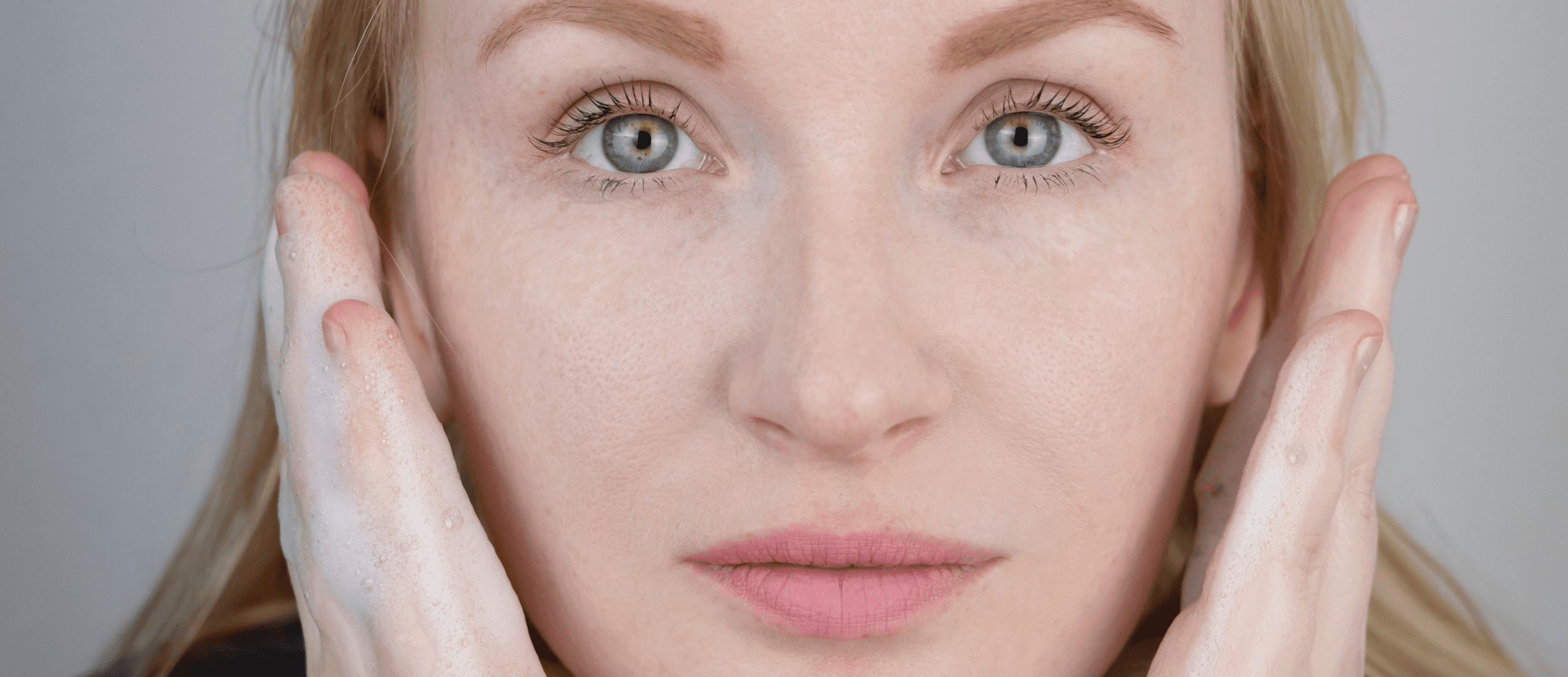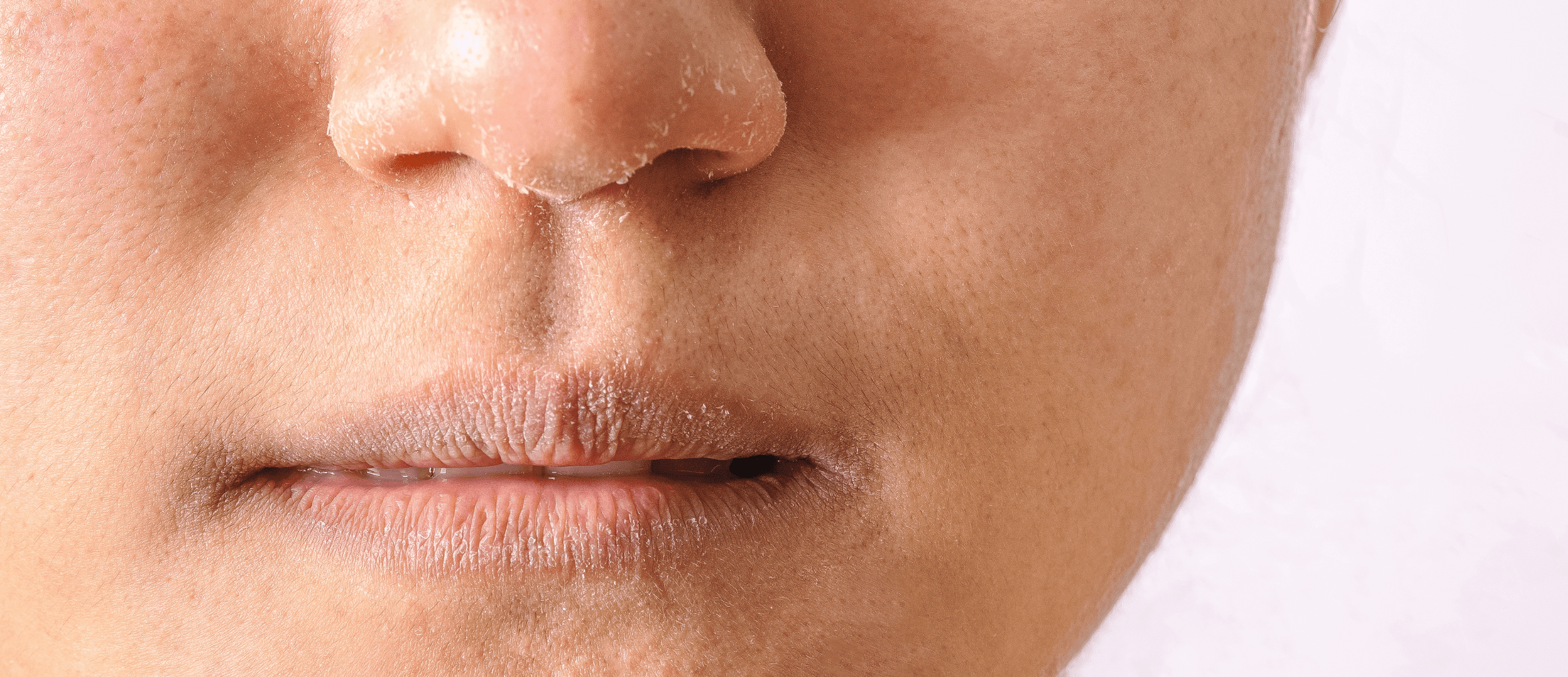¿What type of skin do you have?

Dry Skin
If a person has dry skin, their skin produces less sebum than it needs. These people may notice that their skin:
Might feel tight or dry, especially after bathing or swimming. It can flake, itch, even crack, and looks dull, rough, or ashy.
In many cases, dry skin is caused by external factors such as the weather, low air humidity and immersion in hot water, and it is usually temporary. However, for some people it may occur more often and even be a lifelong condition.

Oily Skin
If a person has oily skin, their skin produces more sebum than it needs, that causes the skin to appear shiny and feel greasy.
They might notice that their skin:
-Feels greasy.
-Looks shiny, especially around the nose and forehead.
-Has large pores that clog easily.
-Is prone to pimples or blackheads.

Normal Skin
People use the term normal skin to describe skin that is not noticeably oily, dry, or sensitive. This skin type produces enough sebum to keep the skin evently hydrated without becoming greasy. Even this skin type can include complexions having a few blemishes.
The ideal normal skin routine helps maintain your skin’s hydration by locking in moisture and supporting your skin’s protective barrier.

Combined Skin
Since a combined skin can vary from oily, normal, to dry, make sure to use mild products. This is to prevent the oily skin from causing breakouts; and, on the other hand, to prevent the dry skin from getting drier through products used for oily skin.

Sensitive Skin
A person with this skin type may notice:
Skin that burns, stings, or itches when applying products.
Visible reactions to substances, with bumps, hives, or peeling.
Unlike other skin types, sensitive skin is not determined by how much sebum a person’s skin produces.
Book An Appointment
